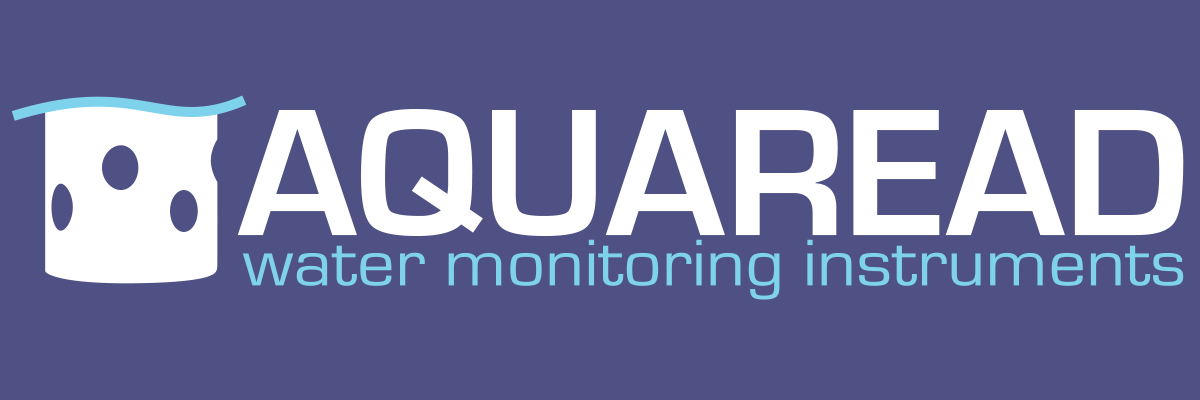The Institution of Chemical Engineers (IChemE) has advised that the food and drink industry must work to minimise the amount of water used in production processes, to avoid two thirds of the world’s population living in areas classed as ‘water-scarce’ by 2050.
In their new policy report IChemE has called on the industry to move towards co-ordinated action in reducing the amount of hidden water that is used in food and drink production, estimated to be 2000-5000 litres per person per day, or up to 1.8 million litres per person annually.
In the report it is stated that the world will need to produce around 60% more food by 2050, which will mean agriculture using around 19% more water than currently used to facilitate this extra food production. The impact of this increased production and excess water usage will mean that two thirds of the world’s population will be living in ‘water-scarce’ areas by 2050. This is a scary, and damaging, increase on the 7% we currently see living in such areas.

To help make this co-ordinated action possible and prevent such a dramatic increase in water scarcity, IChemE has proposed government-enforced targets of a 20% reduction of water used in food production globally. To achieve this it will require the food and drink industry to implement increased water monitoring, such as through water footprinting, and also show an increased investment in utilising water from sustainable sources like the sea or natural rainfall.
In November 2014 a survey conducted by the Carbon Disclosure Project (CDP) showed that more than two thirds of the world’s largest corporations believe water scarcity could harm their business, not to mention the effects it would have on the day-to-day lives of the general population. At the moment only 10% of freshwater is left for domestic use, after agriculture and industrial usage, leaving very little room for this to decrease further.
IChemE Director of Policy Andy Furlong says there are solutions, but major investment and lifestyle changes are required. “A combination of regulations and incentives should be introduced to require industry to monitor their water usage, as well as be rewarded for using alternative and sustainable water supplies,” he explains.
